A 30-year-old, hand-me-down Nikon lens recently bit the dust and I decided to replace it. Surprisingly, the exact model I was replacing is still available today. Try doing that with a computer component or a phone charger. But Nikon’s F mount is classic and virtually all the manual focus lenses manufactured by the company today are still AI-S lenses – a standard that first hit the market in the early 1980s. (The exceptions are a few specialty lenses.)
AI-S lenses improved upon the original 1977 auto indexing (AI) lens design and allowed the camera to control the aperture, making it possible to shoot in fully automatic, aperture priority and shutter priority modes. For an in-depth discussion of the development of Nikon lenses from someone much more knowledgeable, please see: “Understanding old Nikon lenses: AI, AI-S, AF and AF-S.”
The current AI-S Nikkor lineup
My new lens is the Nikon Micro-NIKKOR 55mm f/2.8, but it is in good company among a number of AI-S lenses listed on the Nikon USA products page and available from retailers. In mid-2022, the non-specialty manual focus lineup seems to be:
- NIKKOR 20mm f/2.8
- NIKKOR 24mm f/2.8
- NIKKOR 28mm f/2.8
- NIKKOR 35mm f/1.4
- NIKKOR 50mm f/1.4
- NIKKOR 50mm f/1.2
- Micro-NIKKOR 55mm f/2.8
- Micro-NIKKOR 105mm f/2.8
An 85mm seems notably absent from the line, but Ken Rockwell’s site reports that the 85mm f/1.4 was discontinued in 2005 due to lagging sales against the similarly priced autofocus version, while an f/2 model was last manufactured in 1995.
Micro-NIKKOR 55mm f/2.8: A lens worth replacing
Over the last two years I’ve been building a Sony E-mount lens set to go with my Sony A7 Mark III, so it may seem odd to buy a new manual focus lens that requires an adaptor. But as a macro lens — or in Nikon lingo, MICRO lens — my now-deceased 55mm Nikkor had earned its place on my day hikes and trips to botanical gardens. For macro work, manual focus is the way to go.
The lens was very flexible: nearly perfect as a normal lens and nearly perfect up close. I’ve owned a new 90mm autofocus lens. It was great up close but I felt that it lacked character otherwise. It was also bigger, though not necessarily heavier, due to plastic construction.
When I pulled the new Nikkor out of the oh-so-familiar golden Nikon box and felt the welcome heft, I decided to do something different before moving it to my Sony bag. I wanted to mark the occasion with film and — I don’t know – to celebrate the fact that not every damn thing has to change all the damn time.
Which takes us from my newest lens to my first camera. I decided that the inaugural voyage of the new Nikkor lens should take place on one of the oldest ships in the fleet.
Nikon FG: A camera worth keeping
On Christmas morning in 1983 I was lucky enough to receive a Nikon FG 35mm SLR, along with the kit lens, a Series E 50mm f/1.8. It was a complete surprise then and surprises me still. The gift from my parents seemed oddly extravagant. The kit retailed for around $200 in 1983, which is the equivalent of around $595 today. I hadn’t asked for it and wasn’t involved with photography in any way.
So there I was, mildly puzzled, with a camera I wouldn’t grow into for many years.
But when I did grow into it, I grew into it big time. It sparked an enduring interest in photography that eventually moved me into the darkroom and on to medium format.
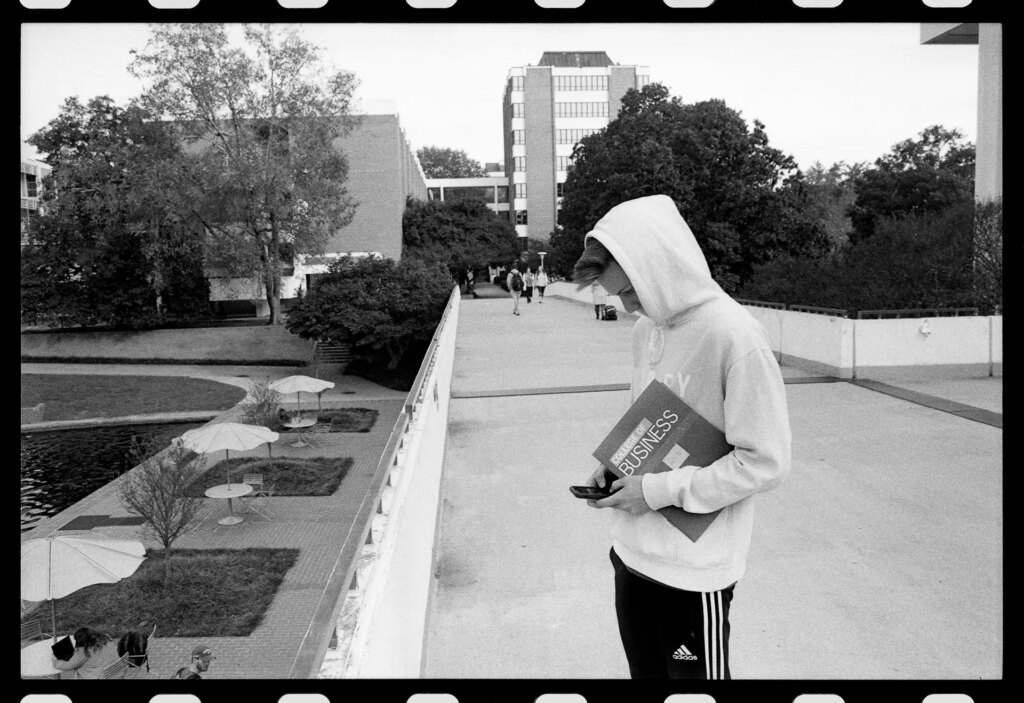
And although I’ve ended up using medium format for most of my film work, I still reach for the FG on special occasions – around the holidays, say, when I’m at my leisure and perhaps feeling a bit nostalgic.
And why not? By my calculation, I’ve owned the camera for 70 percent of my life. It has been to Europe and back. It has survived lake outings, midnight hikes in New York City, days at the beach, boozy college parties and extended use by camera-hungry toddlers.
Over four decades it has never missed a beat. It has never needed a repair or been in for servicing.
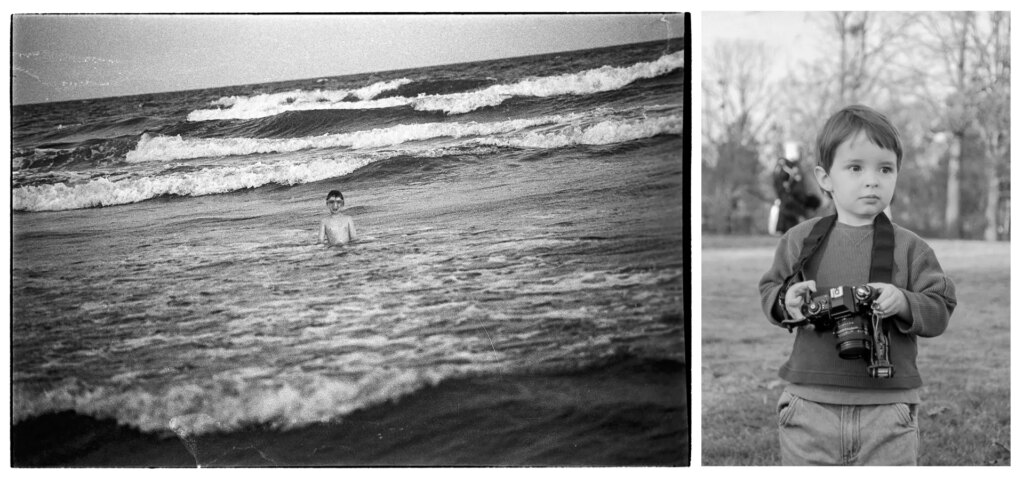
That’s not bad for a model that’s nowhere near classic status in the Nikon universe. And I’m not the only admirer.
Not a ‘classic,’ but still…
The FG is one of 16 SLRs listed among the non-classic “best of the rest” by Nikkor Club Quarterly, a magazine originally published by the Nikkor Club and preserved today on the Nikon website.
The magazine describes these as the cameras that were “born and manufactured as a reflection of the need of the time or as an ambitious trial in the creation of a new camera age” only to vanish into the night, “almost without a trace.”
The “need” of the early 80s was to simplify the mechanism that stopped down the aperture, allowing for fully programmatic – rather than aperture priority – shooting. The FG was the first Nikon SLR to offer a full program mode and only the second with auto-exposure. It featured fully programmed AE, aperture priority, shutter priority and TTL flash control, while also providing manual settings via shutter speed and exposure compensation dials.
And, of course, Nikon had already paved the way for nimble control of the aperture by computer chip with the upgrade to AI-S lenses a bit earlier.
Which all seems like ancient history now, except for the fact that I just bought a brand-new AI-S lens that I hope to use far into the future. And the fact that my FG is going strong.
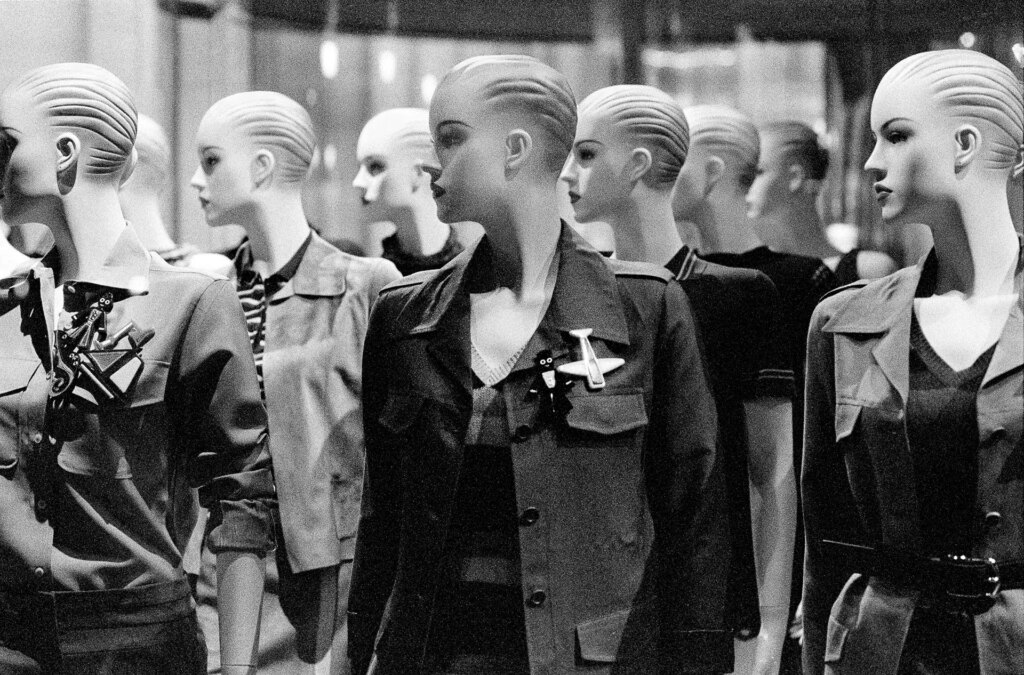
The combo: A field report
After attaching the new lens, I put batteries in the camera, loaded a roll of Kodak T-MAX 100, and headed out to the botanical gardens at a nearby university.
I also attached the original black and yellow Nikon neck strap, which isn’t holding up as well as the camera but still looks sharp despite its shabbiness.
It would be untrue to say the experience shooting macro in the gardens was stellar. The advantage of using the Sony A7iii for macro work is that you can hold it low and compose your images looking down on the flipped up back monitor, electronically enlarging the view for precise focus. That’s a convenience that’s hard to match using an SLR’s viewfinder.
But taking less technical photographs while walking around was as pleasant as ever, and not everything is low to the ground. The camera felt just right, and I ended up with a few negatives I like.
But, of course, the photos were never really the point. The point was simply taking a moment in a busy world to celebrate a 40-year-old lens design that has never been bested, and a 40-year-old camera that is still doing exactly what it was engineered to do.
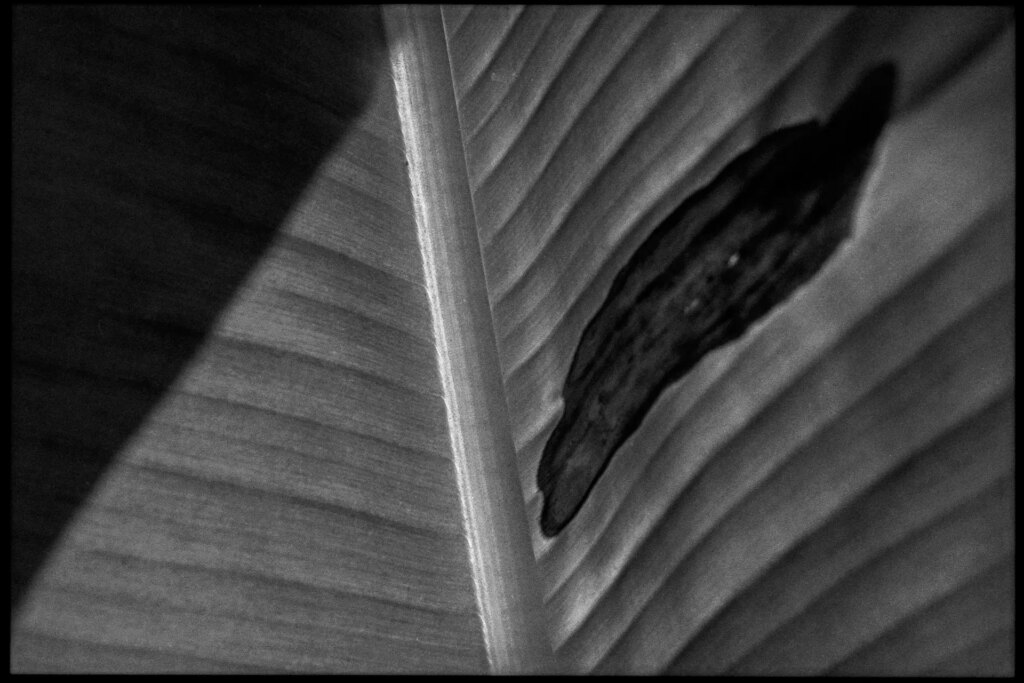
Clifton Dowell lives in Durham, North Carolina, USA. More of his work can be found at cliftondowell.com and on Instagram at @clifton_dowell
More information about the history of Nikon cameras and Nikkor lenses can be found at Nikon.com
Share this post:
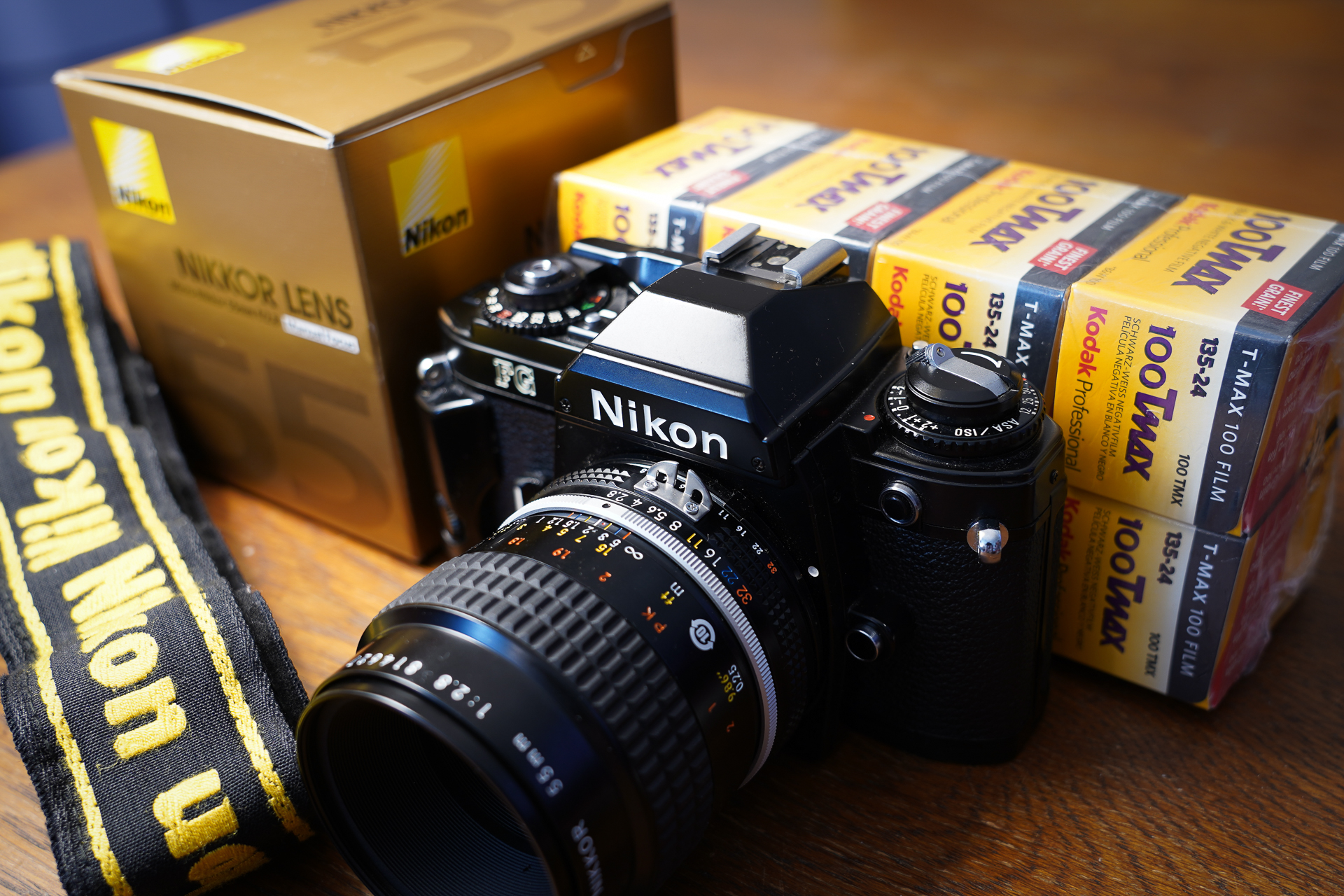








Comments
thorsten wulff on Nikon Micro-NIKKOR 55mm f/2.8 AI-S – Now, then and always? – By Clifton Dowell
Comment posted: 26/08/2022
Comment posted: 26/08/2022
Paul on Nikon Micro-NIKKOR 55mm f/2.8 AI-S – Now, then and always? – By Clifton Dowell
Comment posted: 26/08/2022
Comment posted: 26/08/2022
CP93 on Nikon Micro-NIKKOR 55mm f/2.8 AI-S – Now, then and always? – By Clifton Dowell
Comment posted: 26/08/2022
Comment posted: 26/08/2022
Comment posted: 26/08/2022
Dan Castelli on Nikon Micro-NIKKOR 55mm f/2.8 AI-S – Now, then and always? – By Clifton Dowell
Comment posted: 27/08/2022
The tale of your FG deserves it’s own article!
Thanks for the post!
Comment posted: 27/08/2022
Comment posted: 27/08/2022
Markus Hainz on Nikon Micro-NIKKOR 55mm f/2.8 AI-S – Now, then and always? – By Clifton Dowell
Comment posted: 28/08/2022
Comment posted: 28/08/2022
Nick Howe on Nikon Micro-NIKKOR 55mm f/2.8 AI-S – Now, then and always? – By Clifton Dowell
Comment posted: 28/08/2022
Comment posted: 28/08/2022
Gil Aegerter on Nikon Micro-NIKKOR 55mm f/2.8 AI-S – Now, then and always? – By Clifton Dowell
Comment posted: 28/08/2022
Comment posted: 28/08/2022
Ed on Nikon Micro-NIKKOR 55mm f/2.8 AI-S – Now, then and always? – By Clifton Dowell
Comment posted: 02/09/2022
Comment posted: 02/09/2022